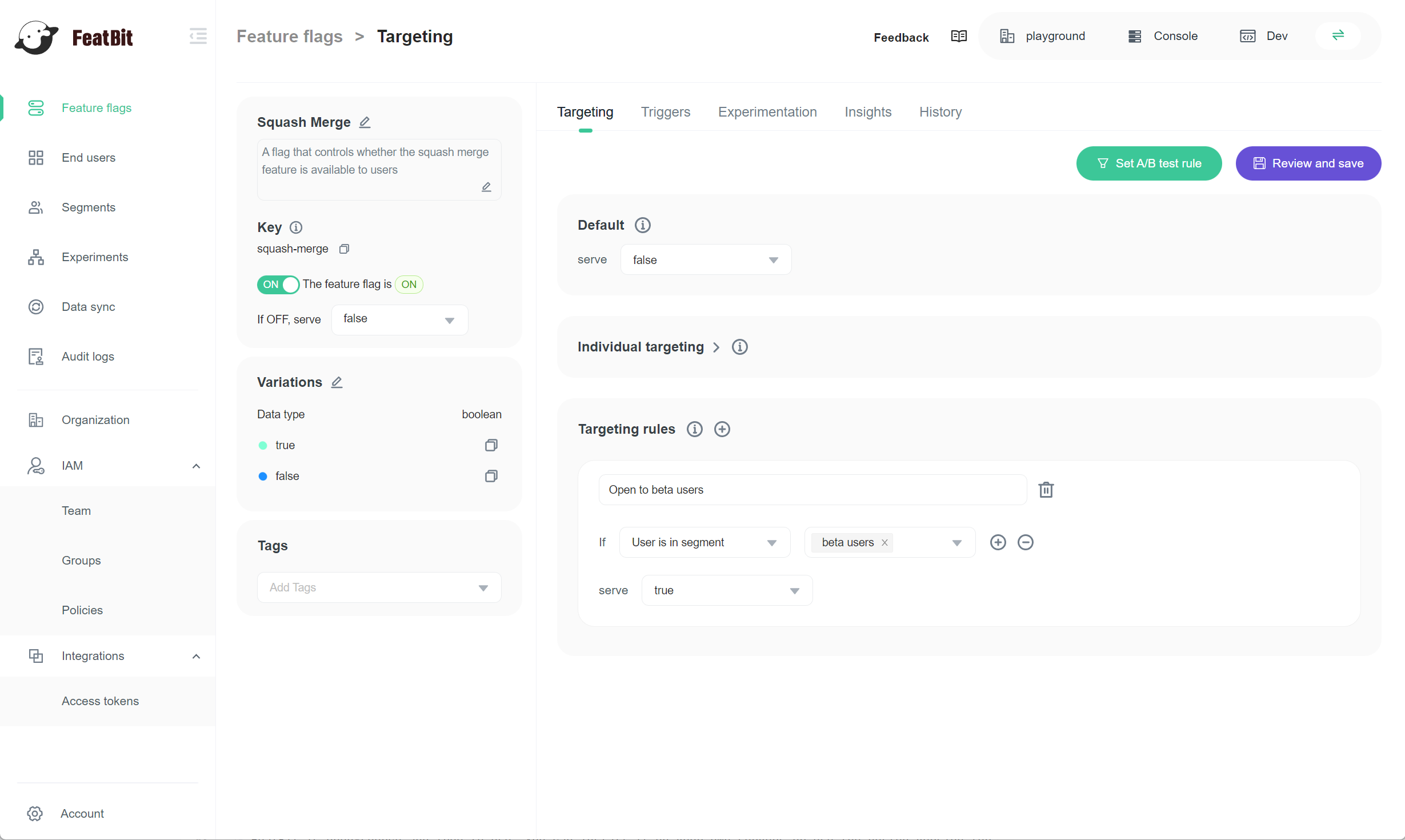Innovate
Your Software
Faster without Risk
Innovate Your Software Faster without Risk
6 Ways to Avoid Technical Debt when Feature Flagging

Feature flagging is a powerful technique that allows developers to deploy code changes without exposing them to the end users until they are ready. Feature flagging can help with testing, experimentation, gradual rollouts, and more. However, feature flagging also comes with some challenges, such as technical debt.
Technical debt is the accumulation of code that is no longer needed, poorly documented, or hard to maintain. Technical debt can slow down development, increase bugs, and reduce code quality.
In this blog post, we will explore six ways to avoid technical debt when feature flagging.

1. Plan ahead
Before implementing a feature flag, you should have a clear idea of what the feature is, why you need it, who will use it, and how long you will keep it. You should also define the criteria for turning the feature on or off, and how you will measure its impact. Having a clear plan will help you avoid unnecessary or redundant flags, and make it easier to remove them when they are no longer needed.
2. Document your flags
You should document every feature flag you create, including its name, description, purpose, status, owner, and expiration date. You should also document how to use the flag in different environments, such as development, testing, staging, and production. Documenting your flags will help you keep track of them, communicate with your team members and stakeholders, and avoid confusion or conflicts.
3. Use consistent naming conventions
You should use consistent naming conventions for your feature flags, such as using prefixes or suffixes to indicate the type of flag (e.g., experiment_, rollout_, beta_), the feature name (e.g., login_, checkout_, chat_), and the state of the flag (e.g., _enabled, _disabled). Using consistent naming conventions will help you organize your flags, make them easier to find and manage, and avoid duplication or ambiguity.
4. Review your flags regularly
You should review your feature flags regularly to check their status, usage, and impact. You should also monitor their performance and reliability, and identify any issues or errors that may arise from them. Reviewing your flags regularly will help you evaluate their effectiveness, optimize their configuration, and decide when to turn them on or off.
5. Remove your flags promptly
You should remove your feature flags promptly when they are no longer needed or have reached their expiration date. You should also remove any code that is associated with the flag, such as conditional logic, branching statements, or dead code. Removing your flags promptly will help you reduce technical debt, improve code quality, and free up resources.
6. Use a feature flag management tool
You should use a feature flag management tool like FeatBit that can help you create, manage, and monitor your feature flags across different environments and platforms. A feature flag management tool can help you automate some of the tasks mentioned above, such as documenting your flags, using consistent naming conventions, reviewing your flags regularly, and removing your flags promptly. A feature flag management tool can also help you integrate your flags with other tools and systems, such as analytics, testing frameworks, version control systems, and more.

Conclusion
Feature flagging is a valuable technique that can help you deliver better software faster and safer. However, feature flagging also requires careful planning and management to avoid technical debt. By following these six tips, you can avoid technical debt when feature flagging and enjoy its benefits without compromising your code quality.